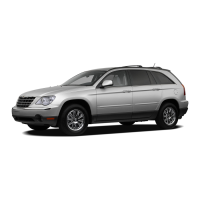
Do you have a question about the Chrysler 2007 Pacifica and is the answer not in the manual?
| Brand | Chrysler |
|---|---|
| Model | 2007 Pacifica |
| Category | Automobile |
| Language | English |
Manual contains warnings against procedures that could result in accident or injury, and cautions about damage.
Warning about how modifications can affect roadworthiness and safety, potentially causing accidents.
Prevents unauthorized vehicle operation by disabling the engine via an embedded chip in the ignition key.
Details on seat belts, front airbags, and window bags as key safety features for occupant protection.
Information on tire markings, including size designation, load index, speed symbol, and construction.
Instructions on adjusting the inside day/night mirror and automatic dimming features.
Overview of the voice-activated, hands-free communication system for making calls using voice commands.
How ESP and TCS systems monitor wheel spin to enhance stability and control during driving.
Feature allowing brake and accelerator pedals to move for improved driver comfort and position.
Diagram and labeling of the vehicle's main instrument panel and control locations.
Detailed explanation of various indicator lights and gauges on the instrument cluster.
How to access and modify vehicle settings like language, auto door locks, and mirror tilt via the EVIC.
Essential steps and safety warnings for starting the vehicle, including seat and mirror adjustment.
Vehicle's designed octane range for gasoline and recommendations for reformulated gasoline.
Safety tips and limits for towing a trailer, including weight ratings and requirements.
Actions to take if the engine overheats, including reducing speed and checking the cooling system.
Detailed, safe procedure for jump-starting a vehicle with a discharged battery using booster cables.
Conditions and procedures for towing a disabled vehicle with ignition key on or off, and for AWD.
Procedures for checking engine oil level and selecting the correct engine oil type and viscosity.
Information on coolant checks, pressure cap, drain/flush procedures, and coolant selection.
Inspection of brake system components, hoses, and the importance of proper brake fluid.
Importance of scheduled maintenance for proper functioning of the emission control system.
Maintenance schedule for vehicles operated under severe conditions like stop-and-go driving or trailer towing.
Maintenance schedule for vehicles operated under normal driving conditions.
Tips on preparing for service appointments, including making lists and discussing charges.
How to report vehicle safety defects to NHTSA (US) or Transport Canada (Canada).
Explanation of DOT tire grading categories for treadwear, traction, and temperature.
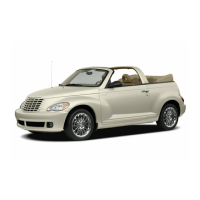
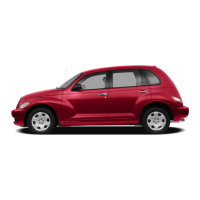
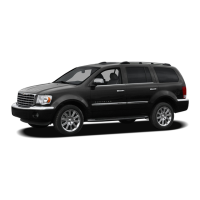

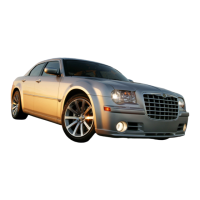
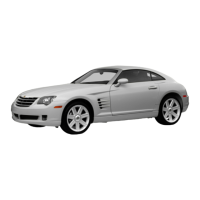

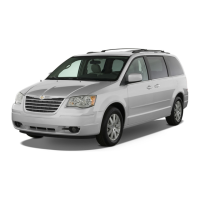
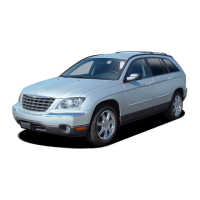
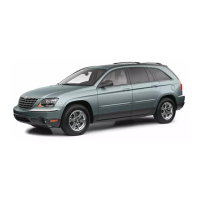
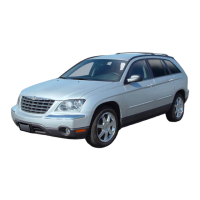

